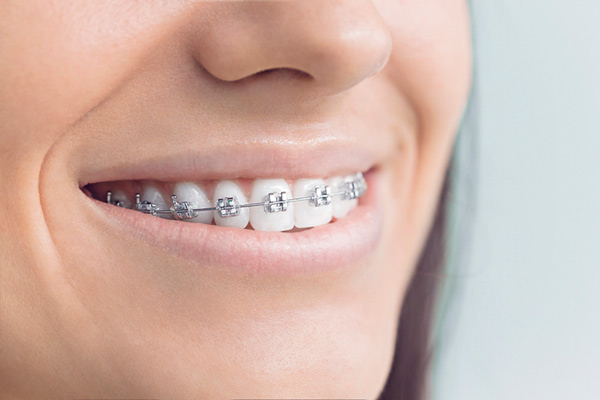Common Problems Patients Face With Traditional Braces

Way before modern clear aligners took over orthodontic treatment by storm, traditional braces were the gold standard in the same field, and some people argue that they still are. A plethora of people living in Tennessee suffer from misalignment problems and look out for dental practice in Maryville, TN, to solve it.
But there must be a reason why people are so inclined towards clear aligners lately and choose not to go with traditional braces. It is so because patients with conventional braces commonly face some problems that act as a deal breaker for many people.
Challenges Associated with Traditional Braces
In this blog, we must take a look at some common problems that patients face with traditional braces to have a better understanding of whether conventional braces are the right option or whether people need to consider alternative treatments.
Initial Discomfort and Soreness
When braces are first fitted in the mouth, the initial phase includes facing some discomfort and pain because of the pressure by the braces to move the teeth in the desired positions.
The discomfort typically dilutes within a few days as the mouth makes the adjustments. Orthodontic wax and OTC pain relievers do help with the initial discomfort and pain.
Irritation of Soft Tissues
Braces consist of wires and metal brackets, which irritate the inner lips, cheeks, and gums. The irritation caused can result in ulcers and sores inside the mouth. Orthodontic wax can be applied to the wires and brackets to reduce friction and smoothen out the surface, which ultimately provides some relief from irritation.
Difficulty in Eating
People find it difficult to eat when the braces are on, and it is more challenging in the initial stage. Certain foods tend to get stuck in the braces and sometimes end up damaging wires and brackets.
Hard, sticky, and chewy foods must be avoided, and people often need to make adjustments to their diet, include softer foods, and cut foods into smaller pieces to make them easier to eat.
Oral Hygiene Challenges

Maintaining dental hygiene gets more challenging with braces because the food particles and plaque get stuck around the wires and brackets, maximizing the potential risk of gum disease and tooth decay. Patients need to be gentle with brushing and flossing and need some special equipment to clean around the braces effectively.
Wire Poking and Breakage
Sometimes, the wires and brackets break or shift and poke the inside of the gums or cheeks. It can be pretty painful and often needs an emergency visit to the orthodontist. Orthodontic wax can be utilized to cover the poky end of the wire until it can be repaired back.
Adjustments and Tightening
The patient needs to regularly visit an orthodontist to make the adjustments and tighten the braces. Such adjustments are vital to make sure the teeth keep moving correctly. But, do keep in mind that after every adjustment, the patients experience a renewed sense of discomfort and pressure, pretty much like when the braces were applied for the first time.
Speech Difficulties
Braces do affect speech, mainly when applied for the very first time. Patients often experience a lisp or find it difficult to pronounce certain words, which usually gets better as the mouth adapts. However, practicing some speech exercises does help speed up the process.
Staining and Discoloration
Braces make it harder to keep the teeth clean, which results in staining and discoloration around the brackets. It is essential to avoid foods and drinks that are known to cause staining. Fluoride toothpaste and mouthwash must also be used to help protect the enamel and minimize the risk of staining.
Guidance of an Orthodontist!
One shoe fits all is not applicable in every case, and the same goes for orthodontic treatments. A dentist properly examines and assesses the condition and recommends the most suitable option that addresses the specific problem of the patient with the most efficiency.




















